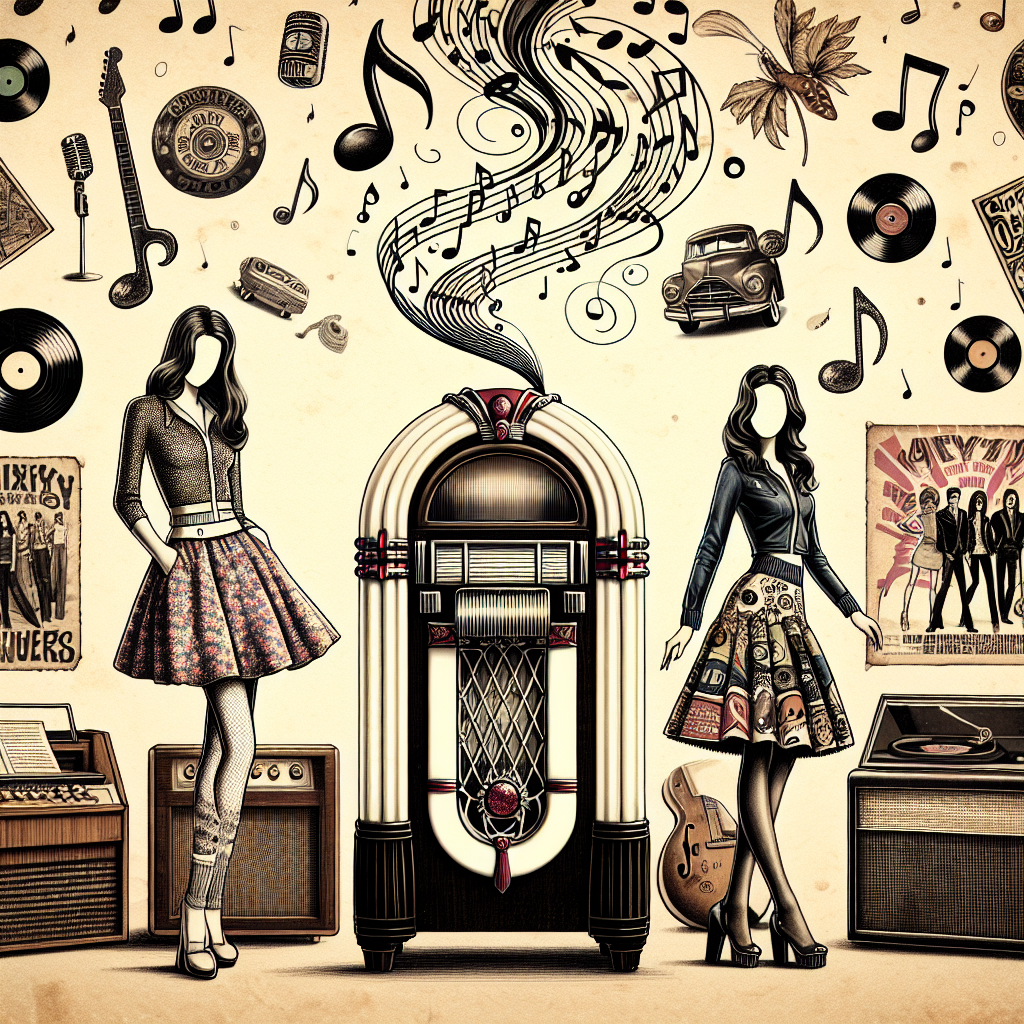Disco Fever: The Rise and Fall of Disco in the 70s was a cultural phenomenon that swept the nation, leaving an indelible mark on music, fashion, and technology. This era was defined by its pulsating beats, flashy outfits, and glittering dance floors that brought people together in a celebration of life and freedom.
Music played a central role in the Disco Fever movement, with artists like Donna Summer, Bee Gees, and Gloria Gaynor dominating the airwaves with their catchy tunes and infectious rhythms. Disco music was characterized by its upbeat tempo, funky basslines, and soulful vocals that inspired people to get up and dance. The disco ball became a symbol of this era, reflecting light and color onto the dance floor as people grooved to the music.
Culture also played a significant role in shaping Disco Fever. Nightclubs like Studio 54 in New York City became epicenters of disco culture, where celebrities mingled with everyday people under the flashing lights and thumping bass. People from all walks of life came together on the dance floor, united by their love of music and desire to escape from the troubles of everyday life.
Politicians also took notice of Disco Fever’s popularity, using it as a way to connect with voters and promote their agendas. Politicians like Jimmy Carter and Ronald Reagan attended disco events to appeal to younger voters and show that they were in touch with popular culture. Disco became a symbol of unity and inclusivity during a time when America was deeply divided along political lines.
Fashion played an important role in defining Disco Fever’s aesthetic. Bell-bottom pants, platform shoes, sequined dresses, and oversized sunglasses were all staples of disco fashion that allowed people to express themselves creatively on the dance floor. The disco look was all about standing out from the crowd and making a statement with bold colors and patterns.
Technology also played a crucial role in shaping Disco Fever’s sound. Advances in sound systems allowed DJs to create immersive experiences for club-goers with booming basslines and crystal-clear highs. The advent of electronic instruments like synthesizers added new layers to disco music, creating futuristic sounds that pushed the boundaries of what was possible in popular music.
In conclusion, Disco Fever: The Rise and Fall of Disco in the 70s was a transformative period in American culture that brought people together through music, fashion, politics, and technology. Despite its eventual decline in popularity towards the end of the decade, disco continues to influence modern music genres like house and techno today. So let’s put on our dancing shoes, turn up the volume on those classic disco hits, and keep the spirit of Disco Fever alive!


Get involved!
Comments